Rat-hole mining
India
That hole was high.
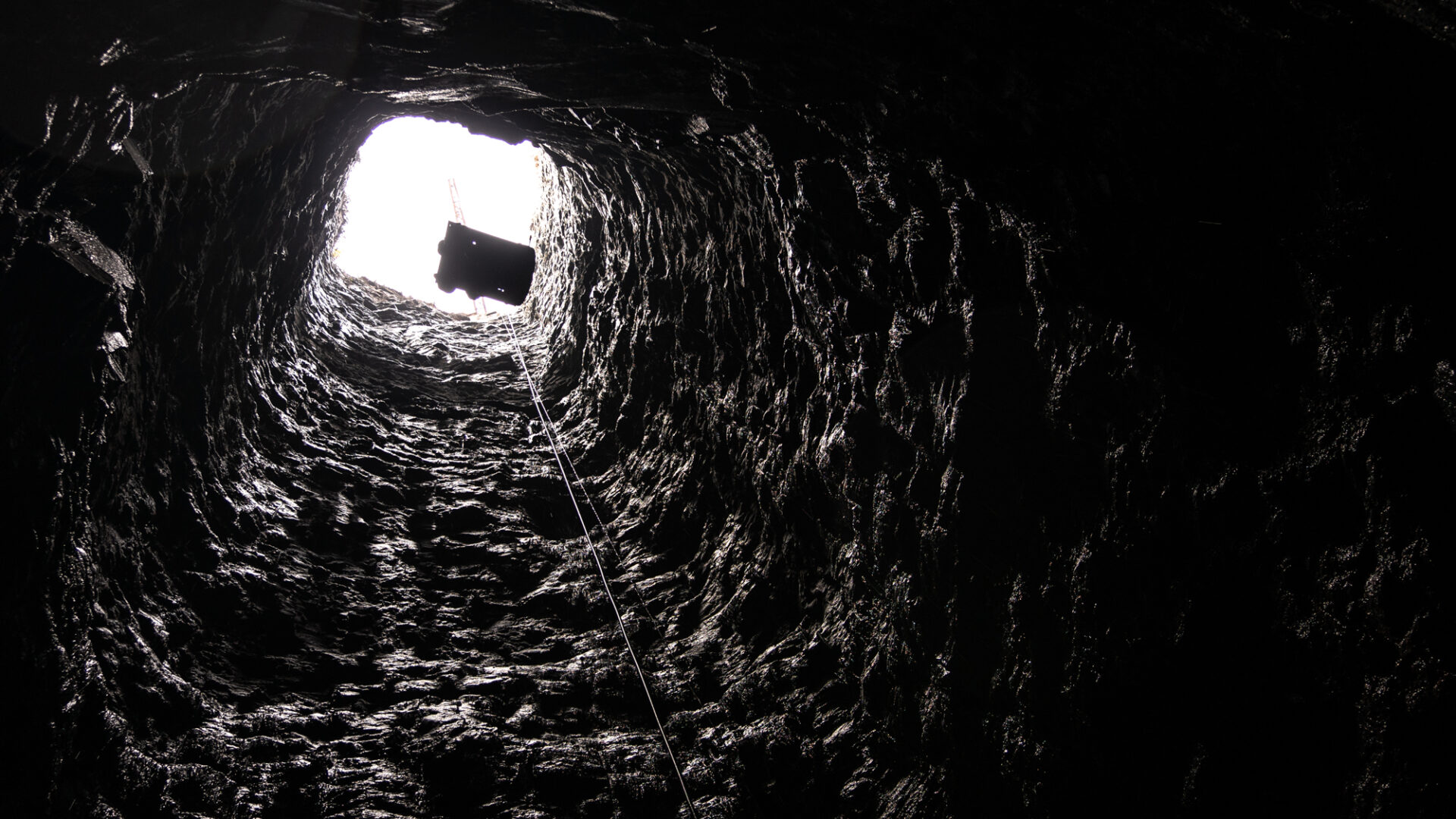

Jaintia Hills is dotted with numerous underground mining pits.
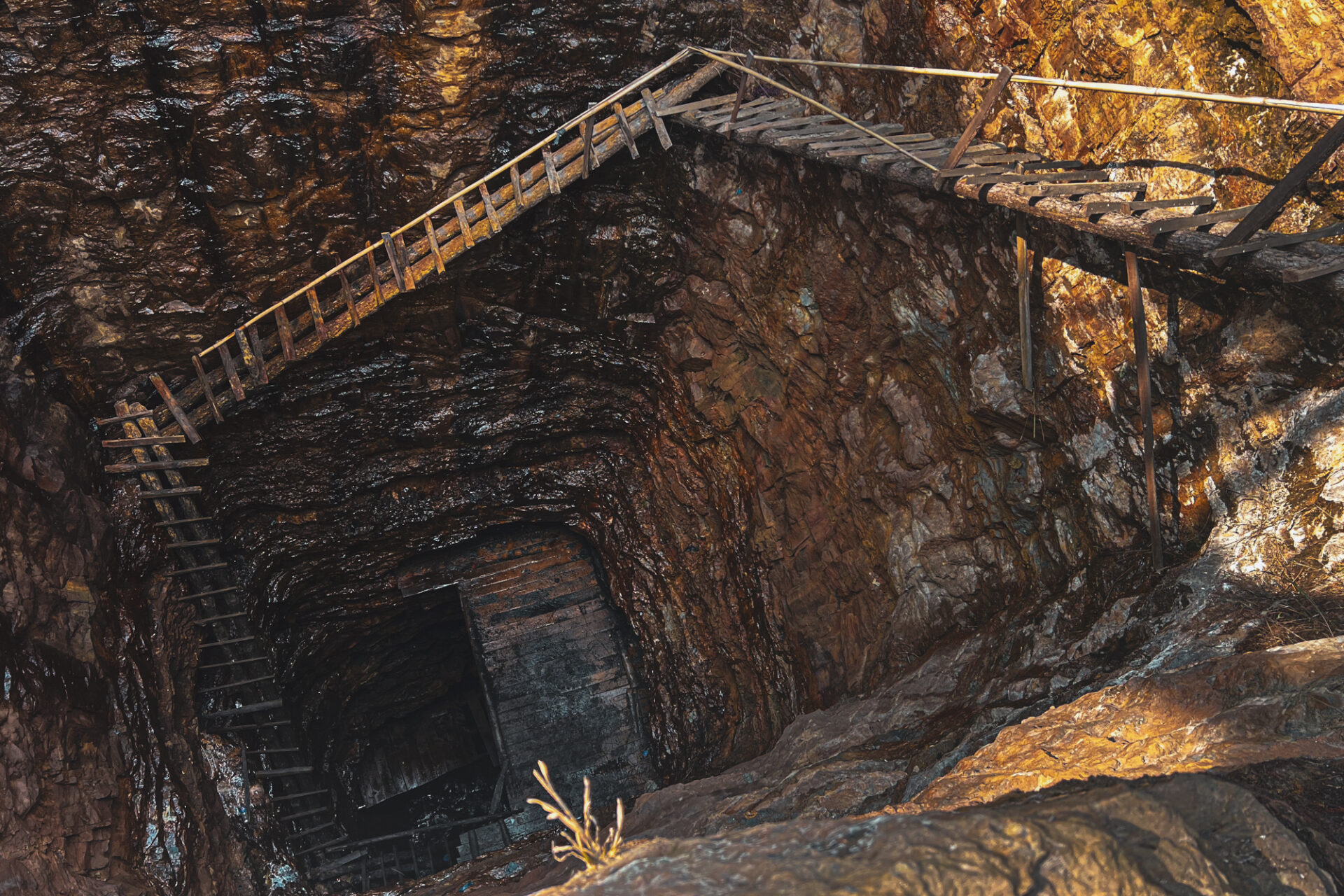
In the past, coal was loaded into baskets woven from wood, and it was lifted using stairs.
The hole is further dug from the wooden landing.
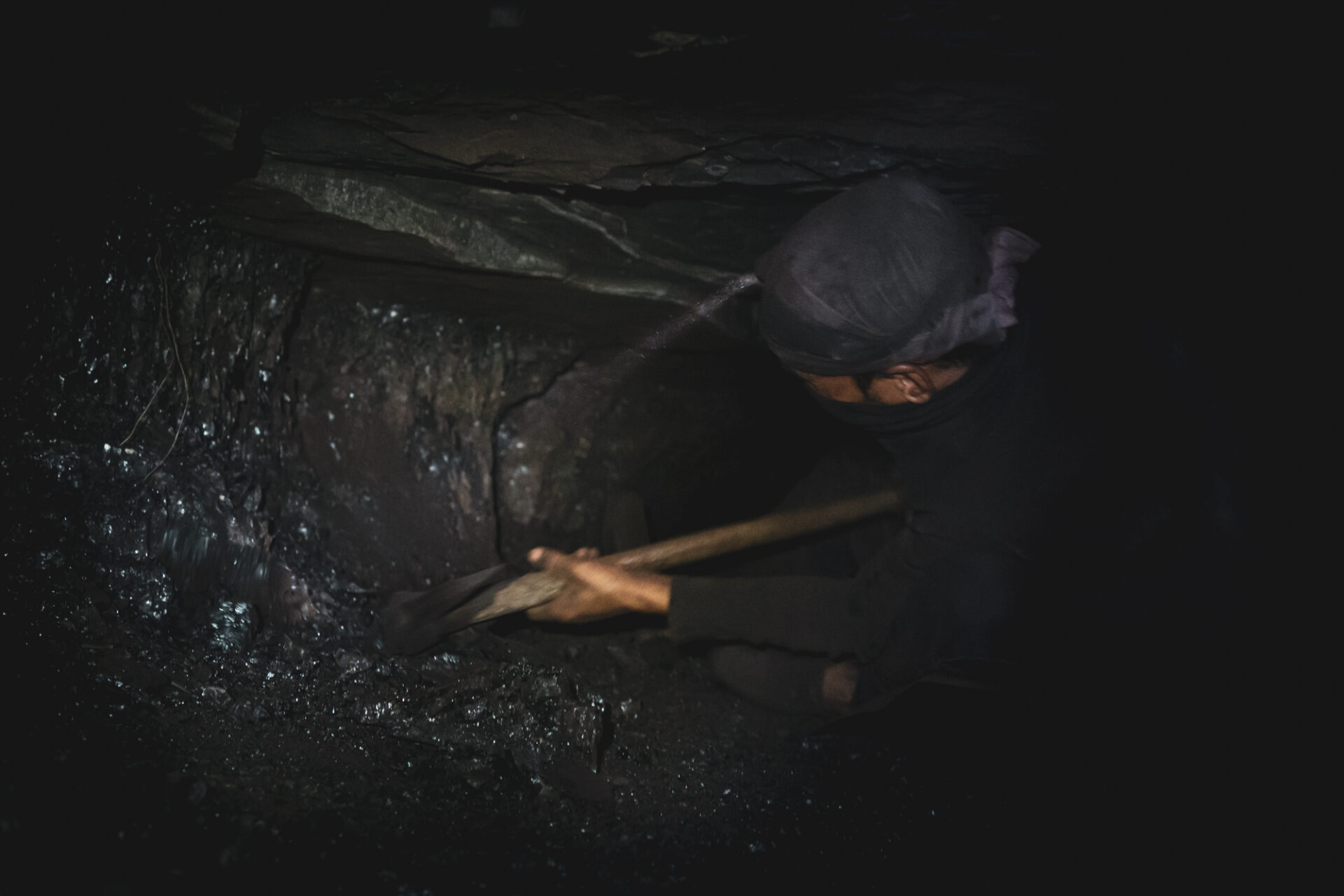
He would enter the tunnel before sunrise, around 4 AM.
Upon reaching the coal seam, They would excavate lateral tunnels.
Tunnels were dug in all directions like mouse holes, and when I went to report, I crawled about 40 meters to reach the excavation site.
The ceiling of the tunnels was high enough to pass under a dining table in some places, but in others, it was only low enough to crawl under a dining chair.
Due to this particular shape, it is commonly referred to as "rat-hole mining.

This photo was taken in the same location as the one above, with the camera light turned off for the shoot.
The area illuminated by their headlights is very narrow.
Other than that, it's pitch black, and you can't even tell if your eyes are open or closed.
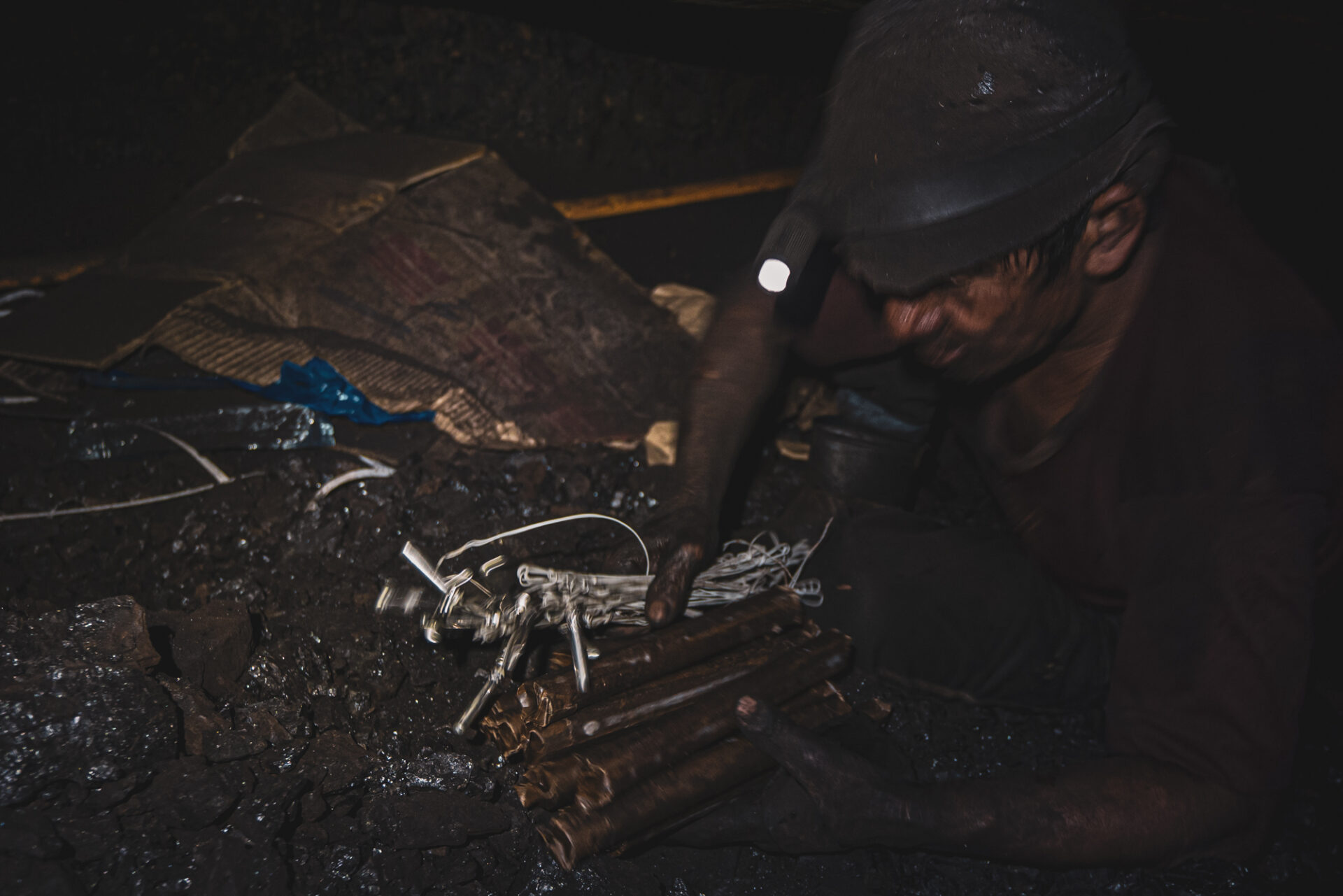
Dynamite is sometimes used when breaking rocks.
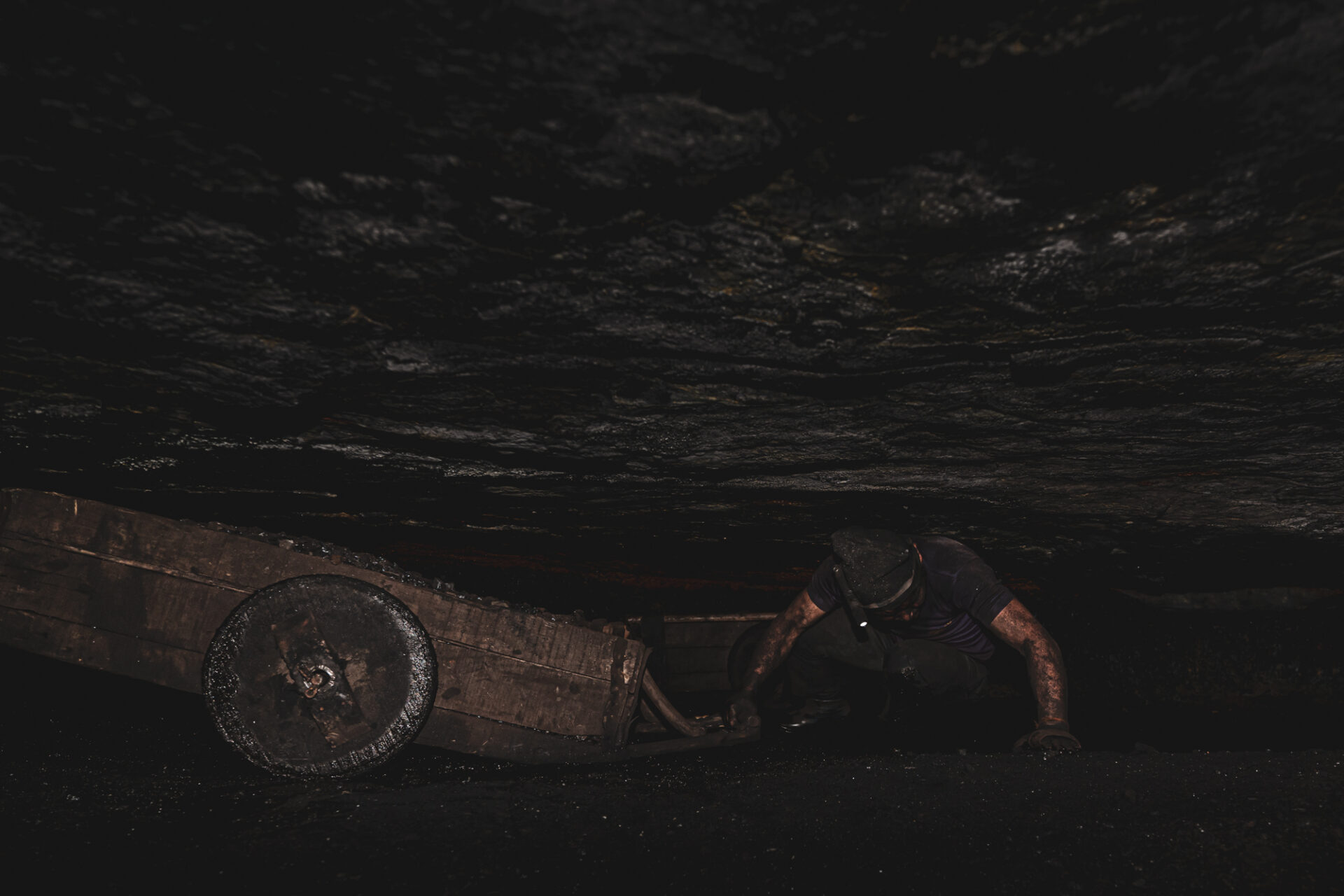
Both digging and transporting coal are primarily done by manual labor.
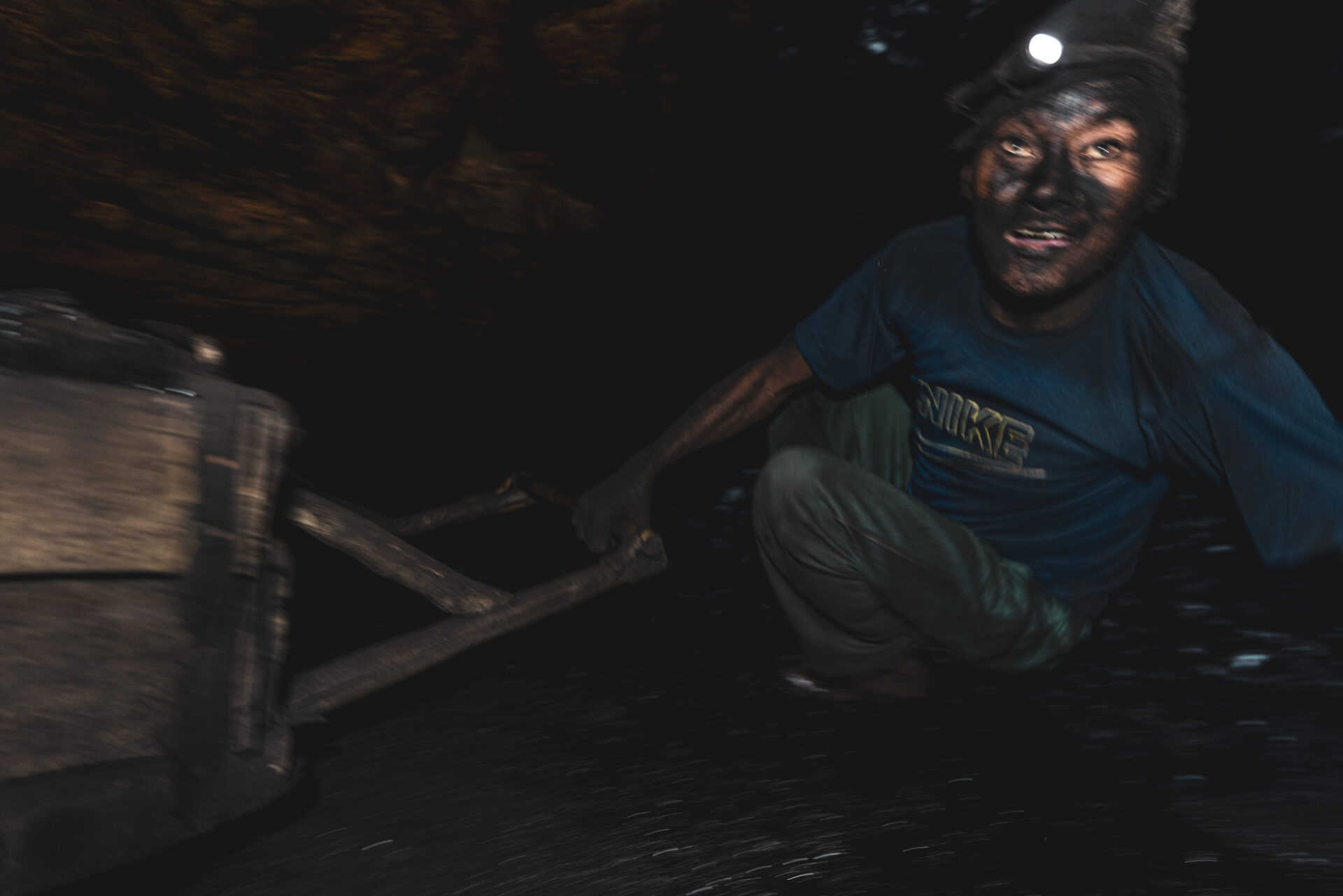
They spoke of a time when an acquaintance died in a coal mine collapse.
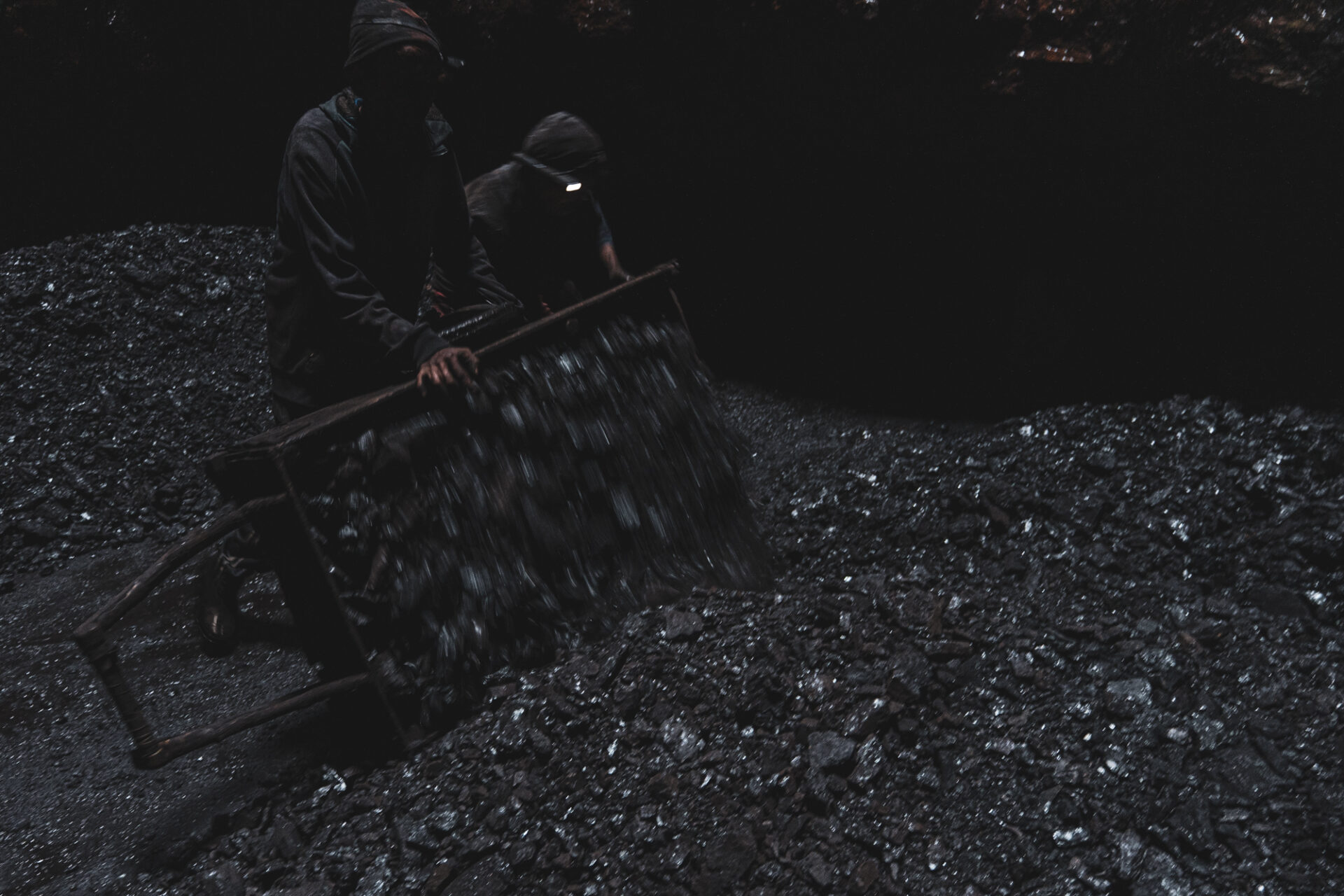
Even in winter, it is warm in the pits, and one can imagine extreme heat in the summer.
This area brings the highest rainfall in the world during the summer monsoon season.
Lives have been lost due to flooding during drilling.
The people I interviewed said they only come to work as seasonal laborers during the dry season.
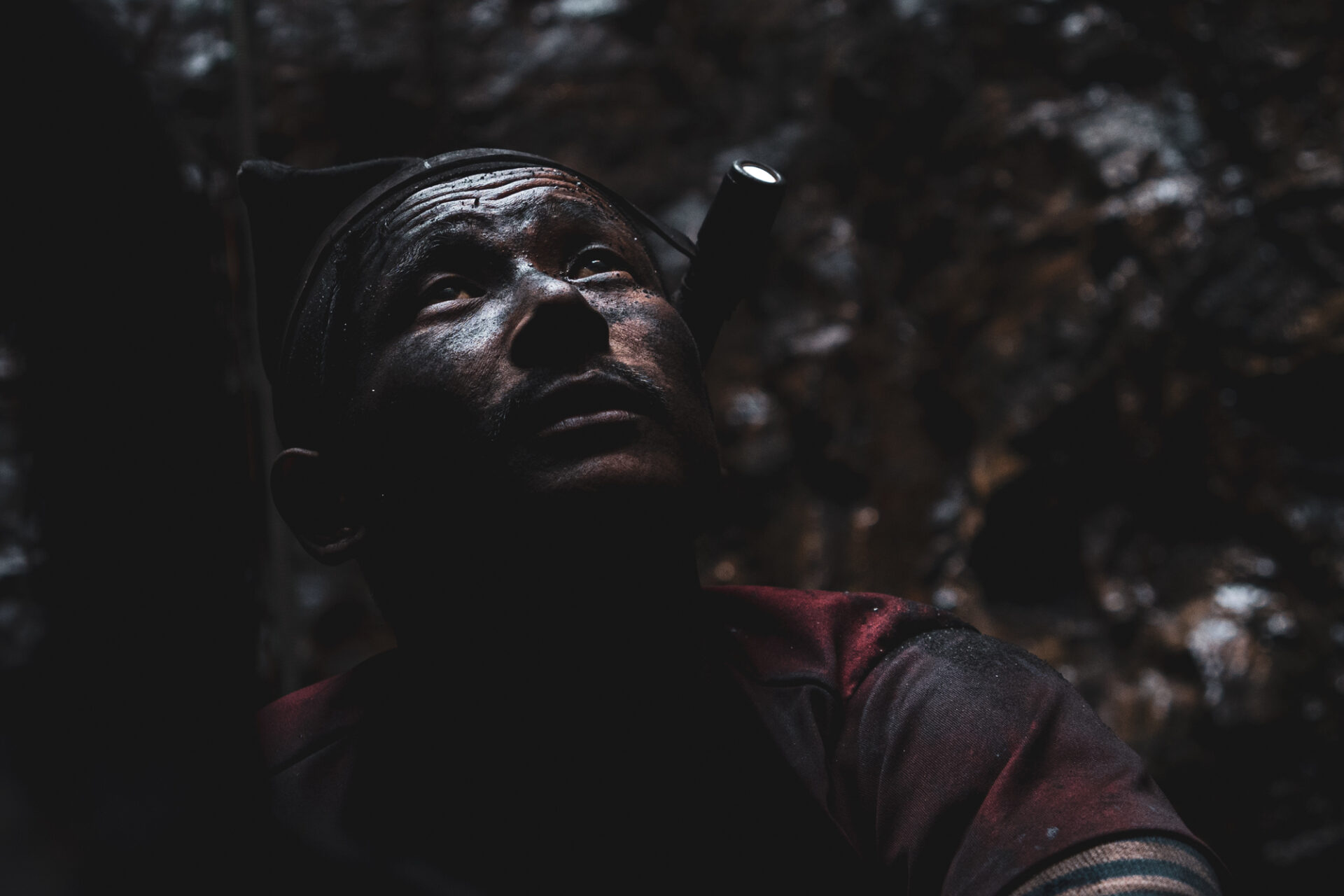
Tall hole
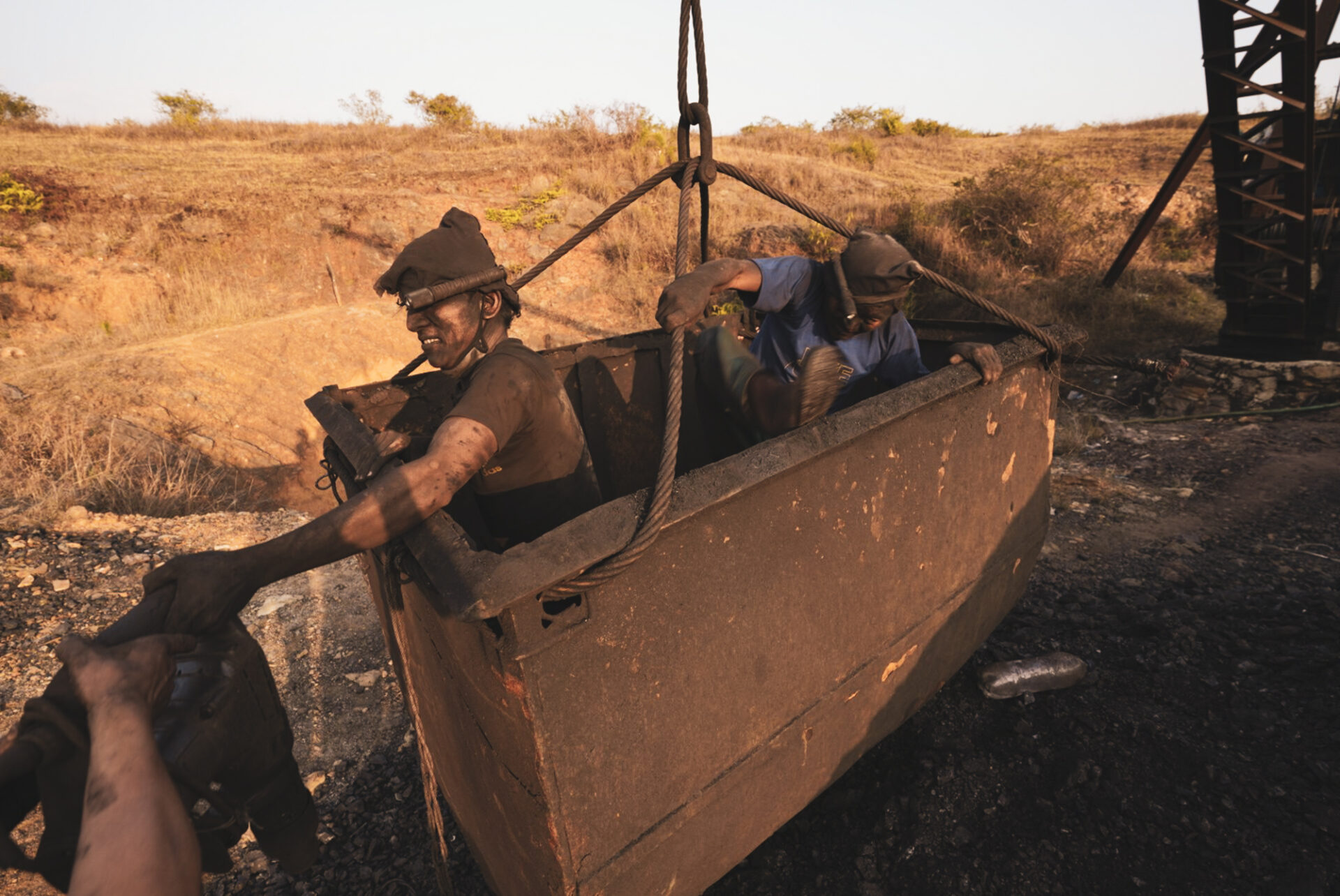
At 4 o'clock in the evening, they were bathed in sunlight for the first time today.
Today, people descend to the dig site in iron baskets to transport coal. It takes about 5 minutes to reach the bottom of the hole. However, loading the basket with a full capacity of coal, which weighs nearly 400 kg, requires approximately 20 minutes for the ascent.
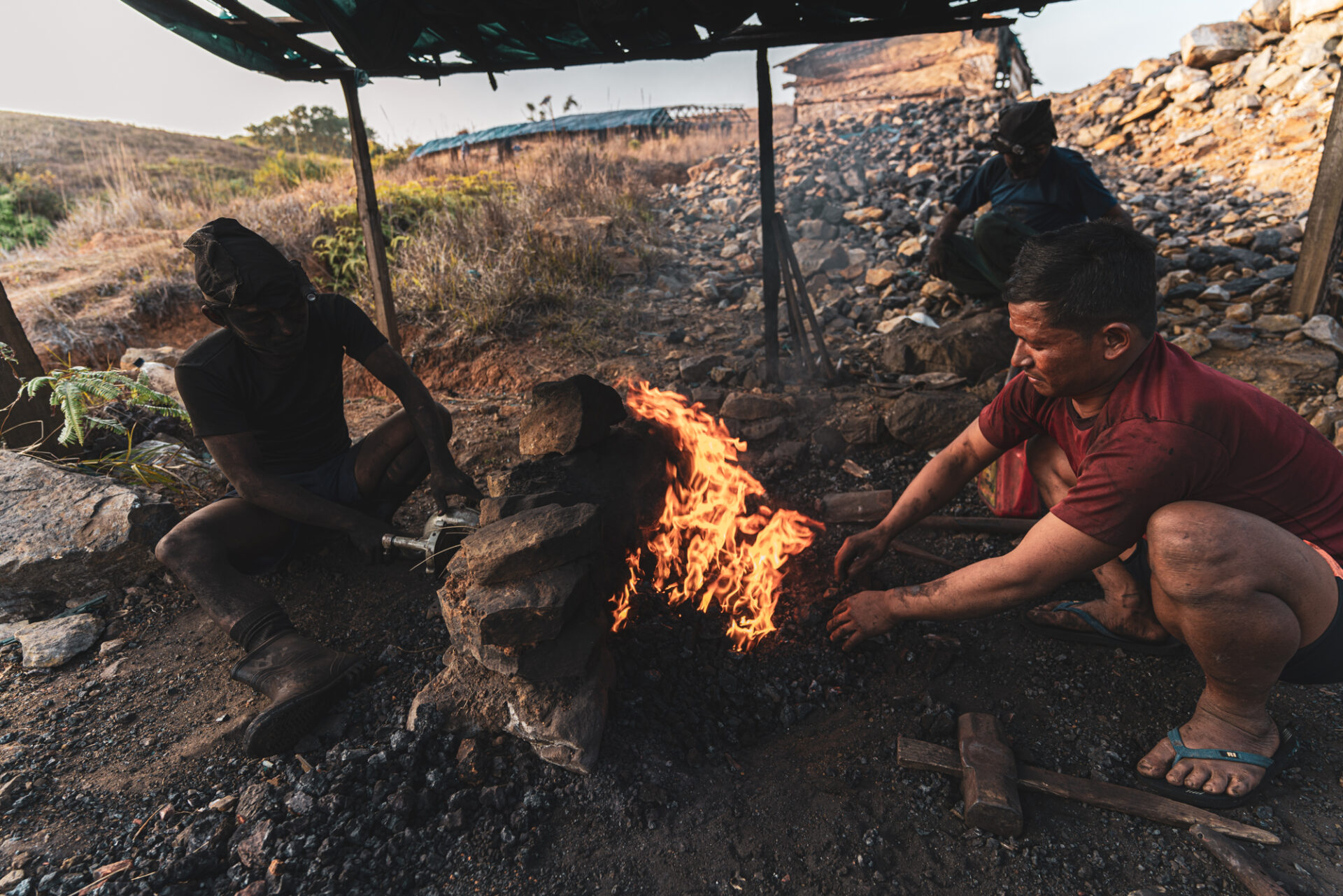
Using coal, they forge tools. This is routine work after their regular job.
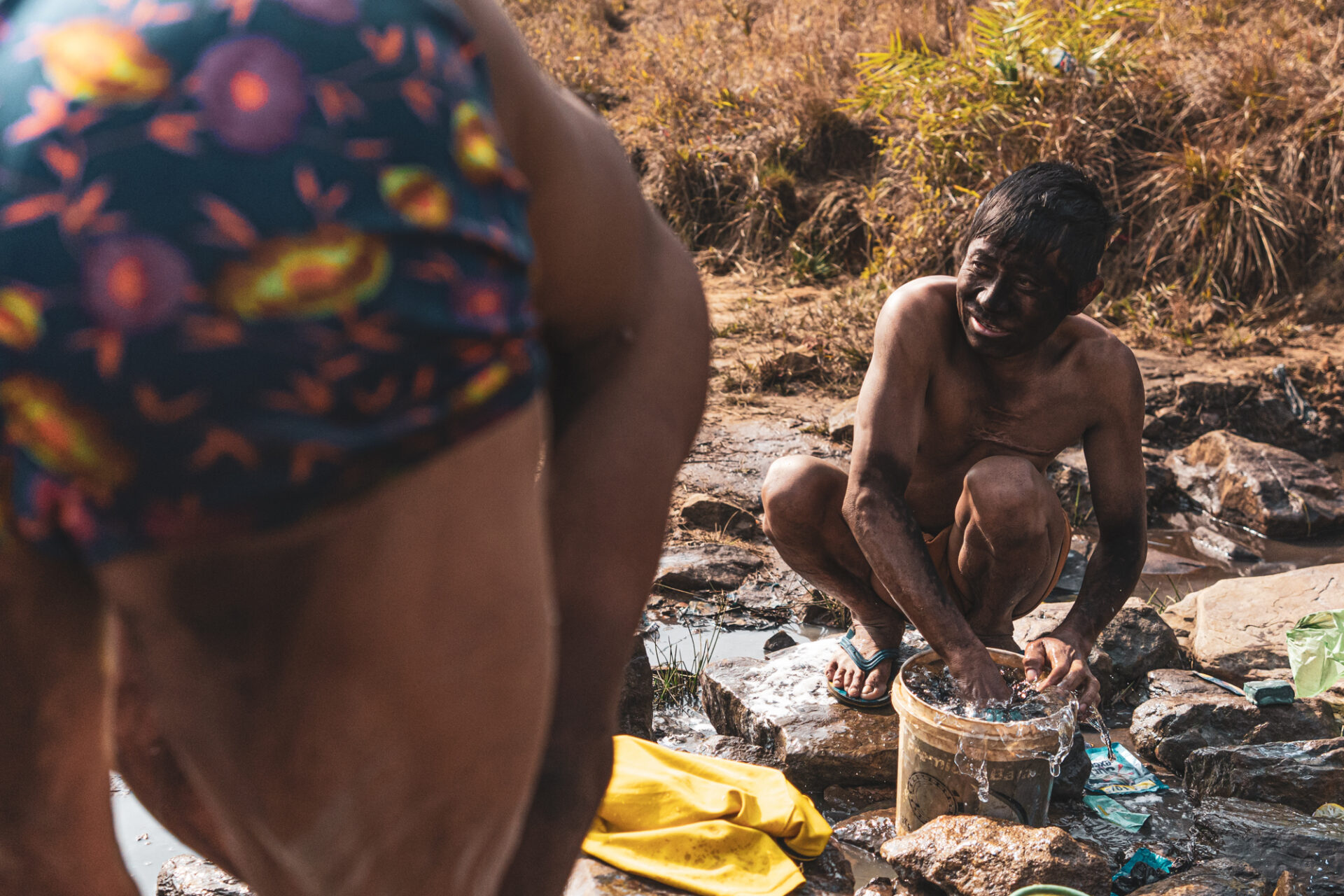
They wash their blackened clothes and bodies with spring water.
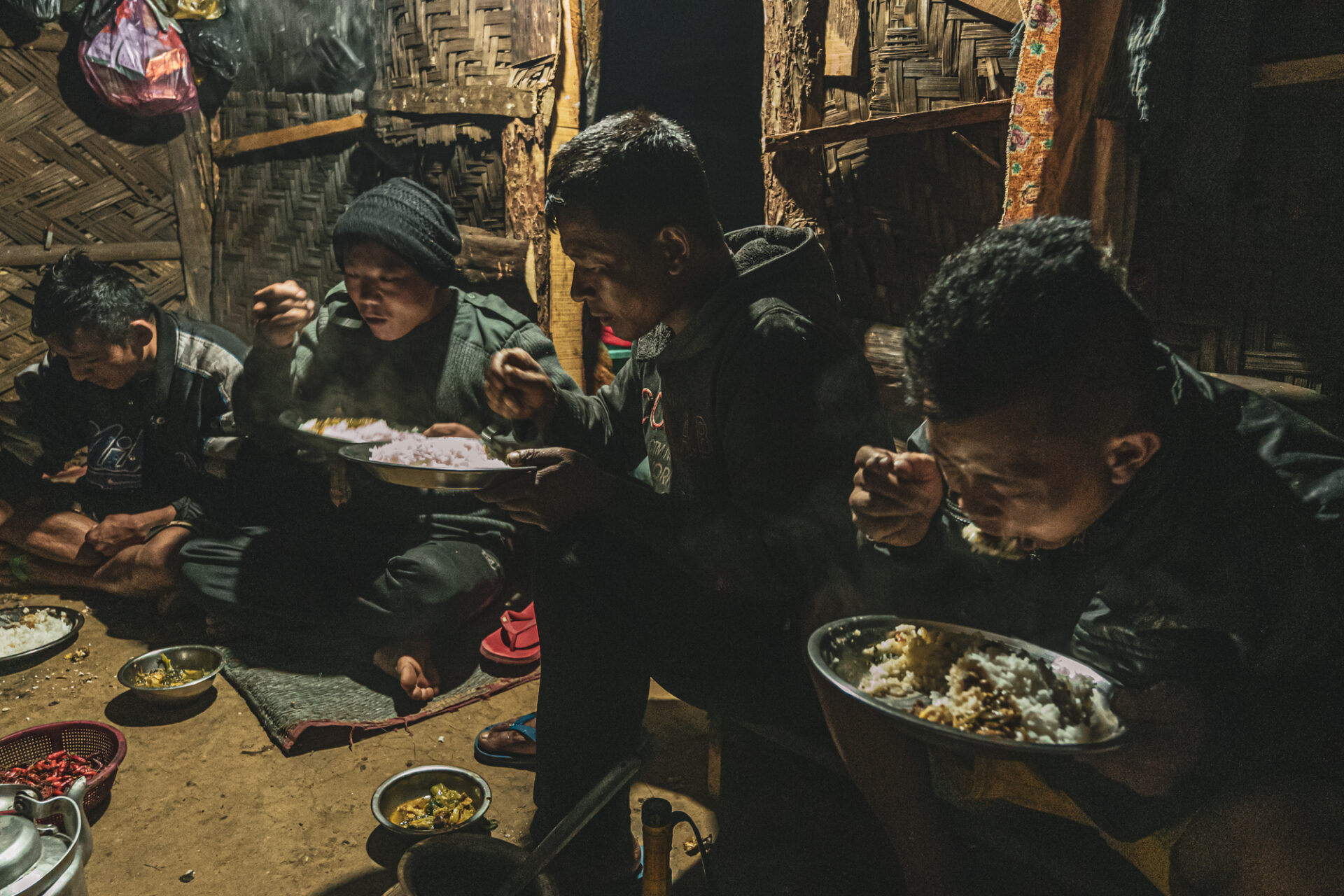
In addition to Indians, many migrant workers come from neighboring countries such as Bangladesh and Nepal.During the day, the sun's rays reach the bottom of the hole with a wisp of light.
Daily earnings range from $15 to $70(As of 2023).
Wages vary depending on the amount of coal excavated and the hours worked.
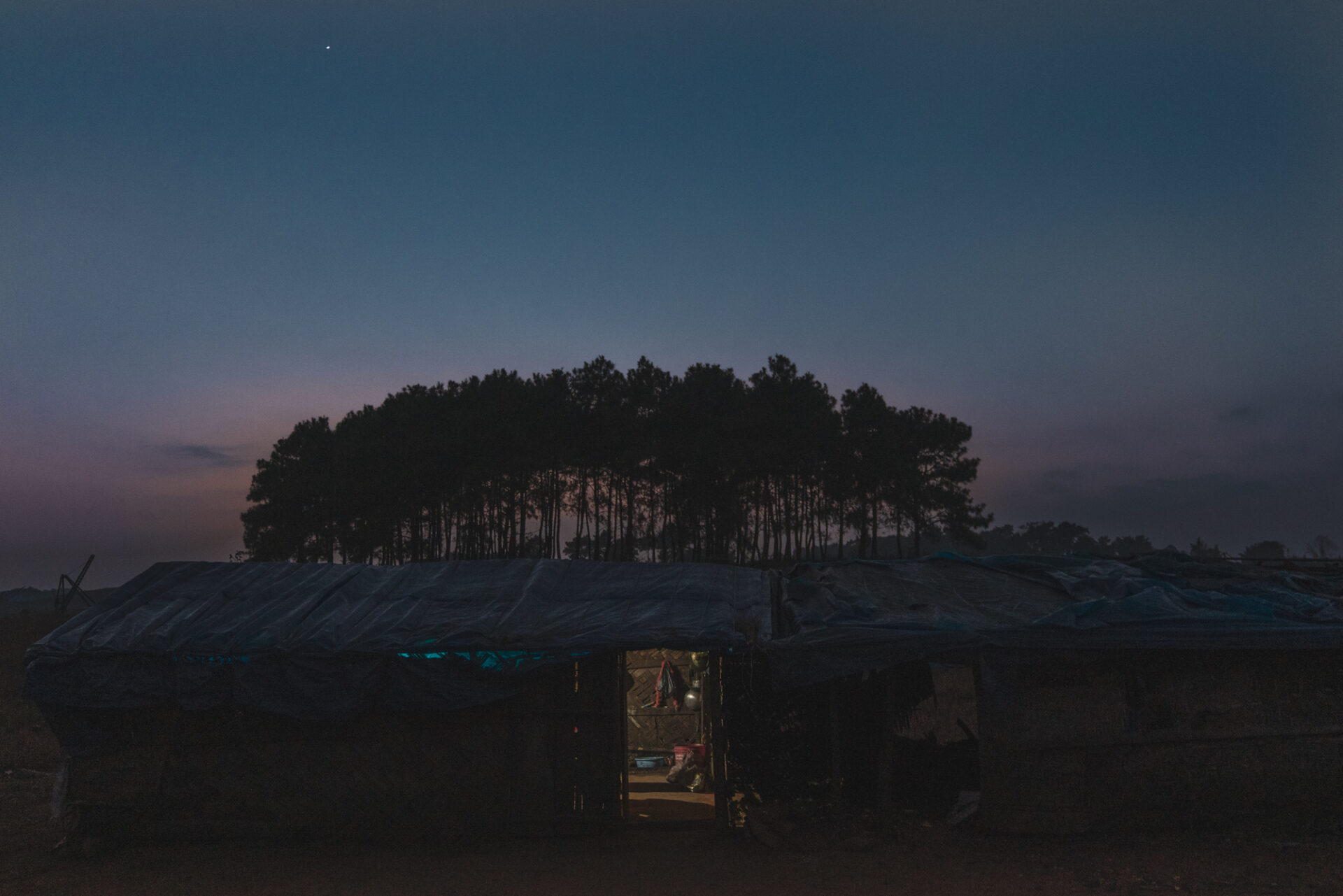
They wake up shortly after 3 a.m. in the morning and enter the hole by 4 a.m.
As a result, they go to bed by a little after 7 p.m. in the evening.
The invited lateral tunnel was only about thigh-high, and at the feet, spring water had gathered, dark like ink.
On all fours, I followed the worker. As we progressed inside the hole, it split into three.
I chose to follow the worker going into the right tunnel. The ceilings were low everywhere, making it impossible to sit, and especially in lower areas, crawling wasn't an option.
The hole split into two again, and we proceeded to the right. Looking back, I could see several holes illuminated by headlights. I lost track of which hole we had used to come this far, and although I tried not to stray far from the worker, his pace was swift.
Relying on the dim light of a small headlamp, the worker positioned himself sideways, swung a pickaxe, and began digging.
With each strike of the pickaxe crushing the coal, vibrations resonated through the space.
Occasionally, large pieces of coal fell as if they were peeling away.
After about 30 minutes, another worker with a cart appeared. In the confined and low space, the cart, designed to navigate such areas, was manually loaded with crushed coal.
I decided to follow the cart loaded with coal. It led me to a square about a quarter the size of a tennis court. The only support for the ceiling was a few logs. There, the vibrations of the pickaxe crushing the coal transmitted through. Worried that the hole might collapse, I followed the cart, praying to reach the surface safely.
Upon returning to the vertical shaft, I could finally stand. Looking up from the bottom of the hole, a small piece of sky was visible.
In this dangerous job where even comrades have lost their lives, the courage and labor force to work here seemed to stem from the bonds of family. The arm that held the camera was scraped and bleeding, but hearing their situation made it seem like a minor inconvenience. When I emerged to the surface, the sun was unusually bright.
Perhaps due to the heavy oil content in the coal, my hair felt sticky as if coated with tar, requiring three shampoos to wash it off.I understood why they had cloth wrapped around their heads.
